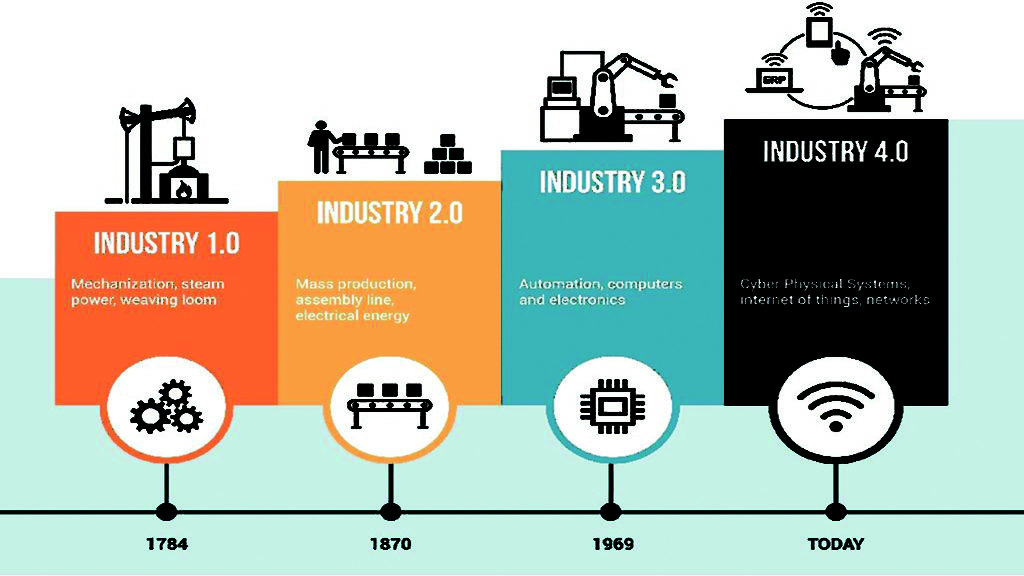Employment in the tech sector in the upcoming years

The world is undergoing rapid digital transformation. Every business considers itself a tech business and it is real to several extents. Companies will require to redesign their processes to fit the role of artificial intelligence that is augmenting businesses and it will be a trend in the upcoming years.
The recent announcement of 5G services in India and the rollout of its services IoT and blockchain technology will reach the nexus within the next years. The tech sector is prepared to boom even if the world economy is undergoing a recession.
There is a continuous search for talent in the tech sector:
The companies are trying to maintain the changing economic climate amidst the layoffs. But the search for recruiting good talent has become a war among the tech sectors.
The employees’ needs have changed significantly followed by the priorities. The employees are re-evaluating their careers based on aspects such as flexibility, career growth, and employee value proposition.
Therefore, companies must rely on active sourcing to create a rich pipeline and not just recruit employees but also provide them with suitable training programs for the upcoming fourth industrial revolution.

They need to invest in enhancing their skills and adopt an approach of holistic development while not cutting out the concept of providing a safe, healthy work environment to retain the talent of the employees.
As dynamic as the tech sectors sound, it is difficult to avoid tech burnout. The latter is a situation that refers to the extreme exhaustion and stress that the employees experience in the job sectors. Burnout has often been visualized in many industries. However, 68 percent of tech workers feel more burnt out when they have worked in the office.
Technology is the most rapidly changing industry which is followed by a difficult work environment. The tech organization should be responsible to encourage a positive work environment, educate the employees to cope with stress, and checking on them at regular intervals.
The current situation is overlapped by the increasing uncertainty. However, the IT sector provides a thin ray of hope. Studies conducted show that things are looking up for the IT sector. The state of IT data vendors has stated that most organizations are looking forward to increasing tech spending by 2023. The IT spendings are likely to increase by 13 percent by the end of 2023 followed by a median increase of 5 percent at the company level.
Further reports have mentioned that the Indian tech sector is likely to create three lakh jobs by the end of 2023.
The Digital employment outlook Report has stated that seven out of ten IT sectors plan to prioritize the recruitment of people with digital capabilities from developing markets and smaller cities.

There are many untapped talents in different locations and remort working has become an unquestionable possibility among recruiters.
Organizations have to tackle their efforts of active sourcing rather than emphasizing passive sourcing and redesign the policies to offer the newer batches of employees with proper training, work security provided with healthy, transparent work culture, and provide diversity and reliable relationships.
The most common topics discussed in the tech sectors are the rising attrition rate and moonlighting. The covid-19 pandemic has changed the work model. Many professionals who have previously stayed in their jobs are resigning and freeing themselves to know what they want to do.
Toxic workplaces are being excluded, mental health has become a non-negotiable topic and work models have become fluid.
The post-pandemic economy has shaped the future of work. Freelance has become an escape route for seasoned professionals who have spent most of their lives finding a balance between professional and personal life.

The most interesting concept is that there is not only a rise in the freelancing work models but also the demand.
The flexible work structure not only allows the freelancer the explore other prospects.
It is suitable for many smaller, supportive brands that have limited resources. It allows them to hire more freelancers for gig projects and enables a mutualistic work synergy.
Technology and online businesses are playing an essential role in minimizing the gaps between free-lance agency relations by investing in a skilled profession with a specific niche as they save operational costs on offline businesses.




